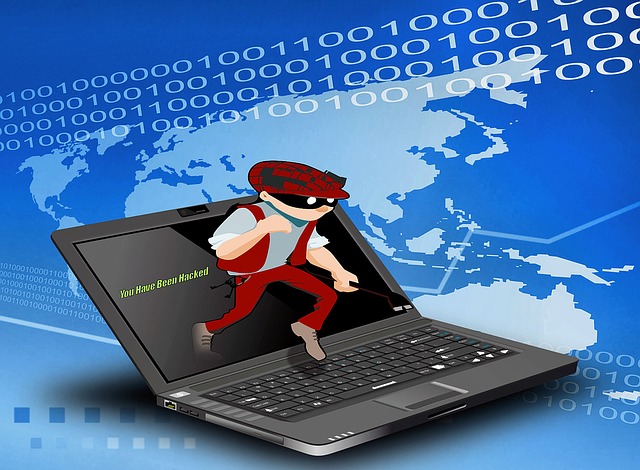How did that happen? That’s what thousands of company executives will be asking themselves over the next few years.
Based on a past article from The New York Times, hackers hired by the Russian government stole emails from the Democratic National Committee (DNC) and paraded them on WikiLeaks — among other sites — for all the world to see. For many, the breach of the DNC is disturbing, to say the least.
Sure, the Obama administration has fingered Russia for the attack, but the damage is already done. According to the official statement from the Department of Homeland Security and James Clapper Jr., the director of national intelligence, the email leaks “are intended to interfere with the U.S. election process.” If cyber criminals can hack computers involved in the-leader-of-the-free-world elections, the technological efforts of most companies don’t stand a chance.
Over the next few years, thousands of company officers will be suffering major losses in cyberspace and asking “how did that happen?” All companies should consider themselves targets, regardless of size.
Company leaders employing expensive network security measures may feel that they have all of their bases covered. They are mistaken.
No one is fully prepared for the cunning cyber threats of mastermind hackers. These cyber bullies are willing to punch below the belt, and IT employees and systems are no match.
Protective technology is important — but not impenetrable. Sophisticated criminal minds have crafted malicious cyber tools that target more than company firewalls. They target employees. About 95 percent of cyber hacks can be traced back to an error made by a human. And hackers are capitalizing on this statistic.
Many companies are at a loss when it comes to controlling human behavior. Employers may know that they need to provide better training, but have no idea how to create and implement the right learning tools.
Whether through carelessness or ignorance, unassuming workers can open a system door wide enough for a cyber intruder to stroll right in. People are curious by nature, and an email attachment may be a little too enticing to pass up — at least to the untrained mind.
The right cyber security awareness training can change employee response, but most companies don’t offer the right training.
Lengthy cyber security training is not only boring, its forgettable. Cyber training pioneers, such as ThreatReady Resources, are producing training materials that sink deeper and stick longer in the learner’s mind. The training, which is performed in short, easy-to-absorb micro-sessions, partners with internal social interfaces to re-program the way that workers respond to cyber threats.
Internet-based threats are only growing in complexity and frequency. Like the updates to an anti-virus program, cyber security training must be perpetual and responsive.
With 62 percent of companies disclosing security breaches in 2015, proper employee response needs to become second nature. Network safety depends on employees doing the right thing. Every time.
Technological advancements ensure that employees won’t stop connecting to the Internet through desktops, cell phones and other digital devices. And each time they connect, a cyber security risk is lurking. Companies need to be proactive. Those that aren’t will be caught asking “how did that happen?”

